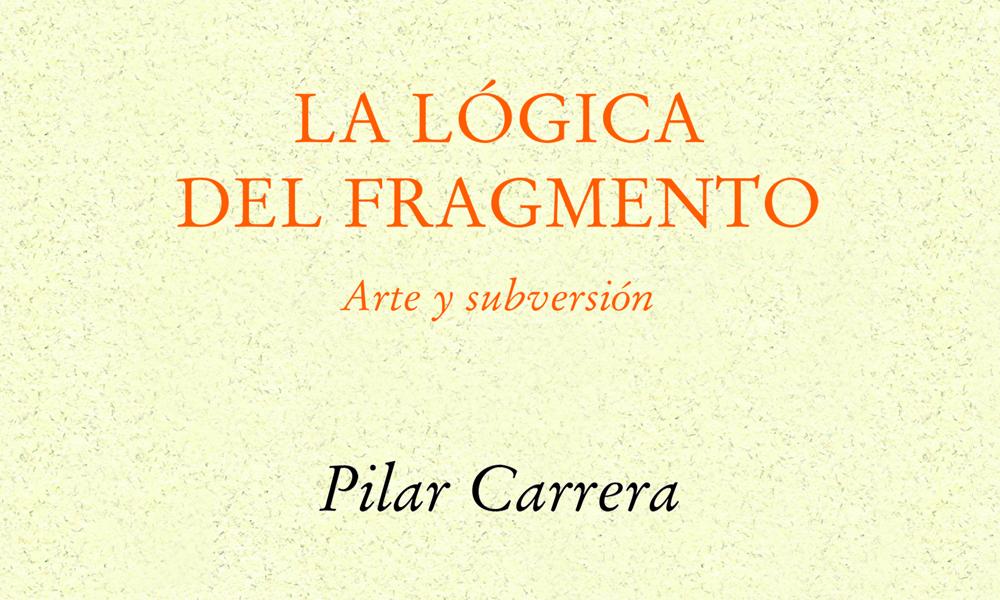A book analyses “The Logic of the Fragment” in terms of narrative
6/16/22
In terms of creation, standardised discourse conceives the fragment as a residue of totality and understands totality (of an artistic work, for example) as closure, the conclusion, the truth. In the book La lógica del fragmento. Arte y subversión (The Logic of the Fragment. Art and subversion), (Pre-Textos, 2022), Pilar Carrera, professor at the Universidad Carlos III de Madrid (UC3M), analyses the fragment as a space for the emergence of meaning and significance.

This analysis breaks away from the idea that the fragment is part of a totality and places it as an autonomous discursive structure, not only from an aesthetic dimension, but also from a theoretical and political one: “Standardised discourse on the fragment, which morally rejects it as a residue of totality, comes from the belief in the truth as conclusiveness”, the book notes. However, “in contrast to the reassuring closure, the fragment points to absence understood as a space where meaning unfolds, not to memory or mourning for a ruined totality. Absence is the substratum that allows us to undertake this operation of meaning that the fragment conveys”.
The essay refers to many different kinds of fragmentary structures. Drawing on a wide selection of examples ranging from cinema to painting or photography, through architecture, philosophy or music, it shows how the fragment is rooted in reality and desire, while, at the same time, turning its back on dogmatic forms of realism.
Don Quixote serves as an outstanding example of fragmentary structure. Las Meninas by Velázquez, the icon filmed at the end of Andrei Rublev by Tarkovski, the works of the architect Louis Kahn or the Victory of Samothrace are other examples that are alluded to: “Victory is not in mourning for its absent head. It is this absence that establishes it as an enigma, as an inexhaustible text, an infinite variant. The absence of a face (culturally bearing what is supposed to be the main identity traits), far from anonymising that body, enhances its being with all the strength of possible faces. Victory isn't a headless body, it's a body that promises thousands of faces, thousands of 'closures', none of them specific, all forged by the desire of the receiver. It isn't the lack that characterises this fragmented figure, it's the significant excess”.
Through this journey, La lógica del fragmento (The Logic of the Fragment) highlights the structural relationship between art and politics, a link that has been practically relegated to what is known as "committed art". Fragment and totality both belong to the realm of discourse and representation (with its ethical and political ramifications) and they do not refer to objective states of the world, but to proposals and fields of action, expectation and affection and displays of meaning, the author concludes.